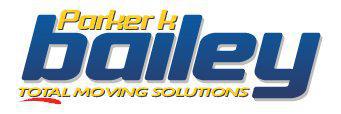
Parker K Bailey & Sons
4/5
(207) 989-6161
(207) 989-6161
6 State St
Company's Membership needs to be upgraded. Please Become a Member pressing below.
Become a member<a href="/best-movers/Maine/Brewer/parker-k-bailey-sons-moving-reviews/"><img width="150" height="133" src="/static/common/images/badge-1.webp" alt="MovingCompany" /></a>To see full content of an review, just click on card that you want to see.

Add a Review